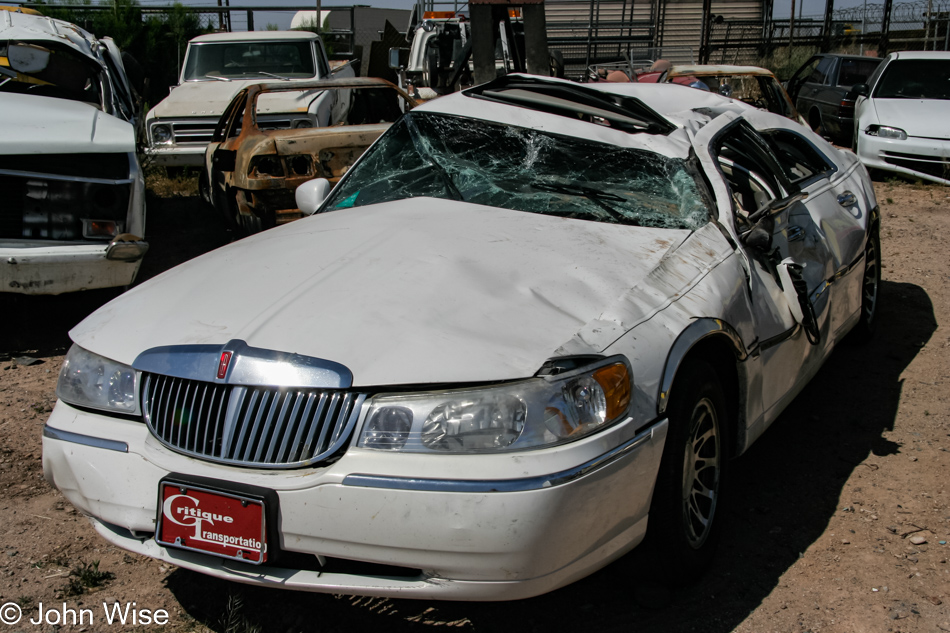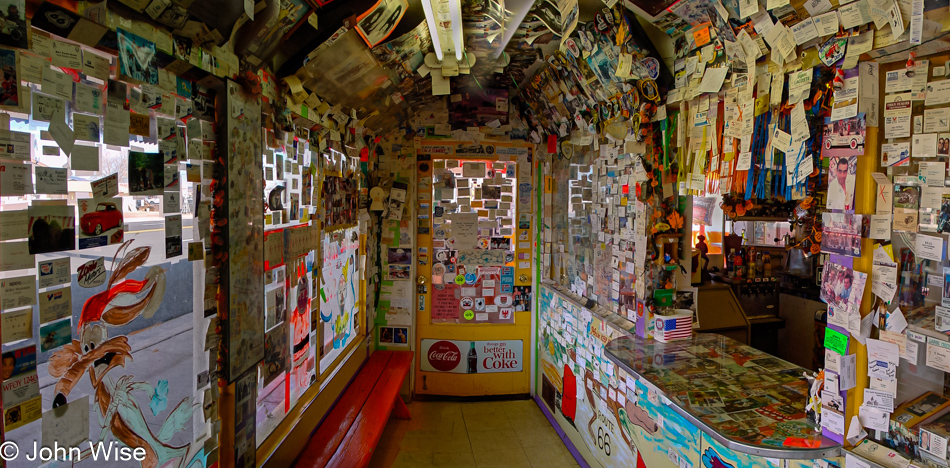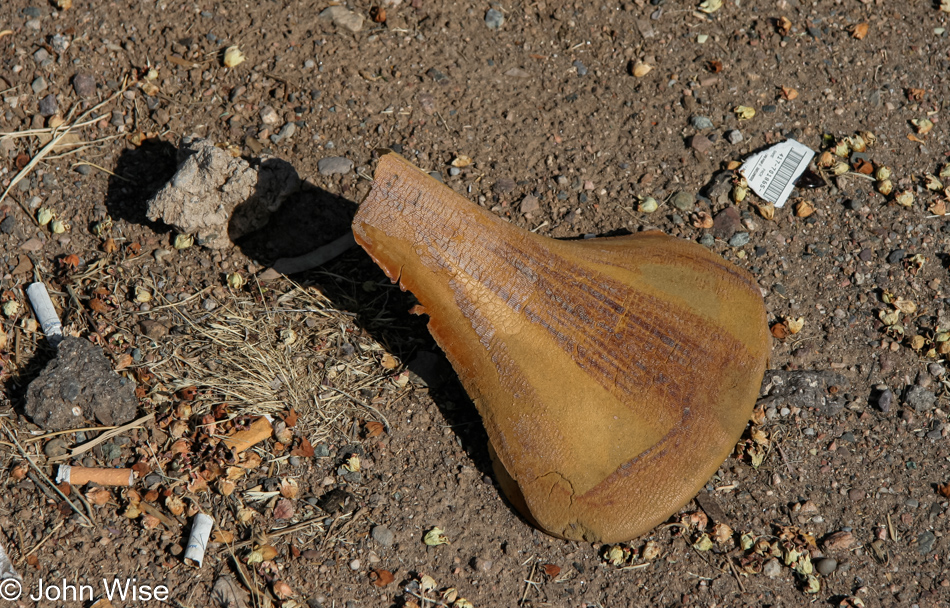This evening, Caroline and I went to the Harkins Camelview Theatre to see the Korean film Oldboy.
We both enjoyed the movie, getting dragged into its twisted plot and creepiness. This was a movie you won’t see coming from America, and most Americans should probably avoid it as it would conflict with the majority of viewers’ sensibilities. Four out of five stars.
Last weekend, we were in Tempe to see the Bollywood movie Kaal, which was an absolute dud. Too bad as it was produced by Shah Rukh Khan and Karan Johar and starred Ajay Devgan, a favorite of ours, but the writing, the dialogue, and the acting were all third-rate. Boring.
Two weeks ago we went for Kung Fu Hustle from Stephen Chow. Stephen Chow is the Director/Actor who is definitely high on our list of favorites. From what we have seen from his previous efforts, such as Shaolin Soccer, God of Cookery, A Chinese Odyssey, and King of Beggars, it was a given that we would go see his newest release. Very interesting film, a sort of rock and roll spaghetti western opera of Shaolin Kung Fu meets Gangs of New York. I will probably watch it again when it is released on DVD.
Finally, a week before seeing Kung Fu Hustle, we watched Sin City. A gritty yet beautiful rendition of Frank Miller’s comic stories pulled together by Director Robert Rodrigues, whose films From Dusk Till Dawn, Desperado, and El Mariachi were great breeding grounds for his work on this film. Not a great movie, probably won’t watch it again, but it was well worth the cost of entry for a good night of entertainment.




